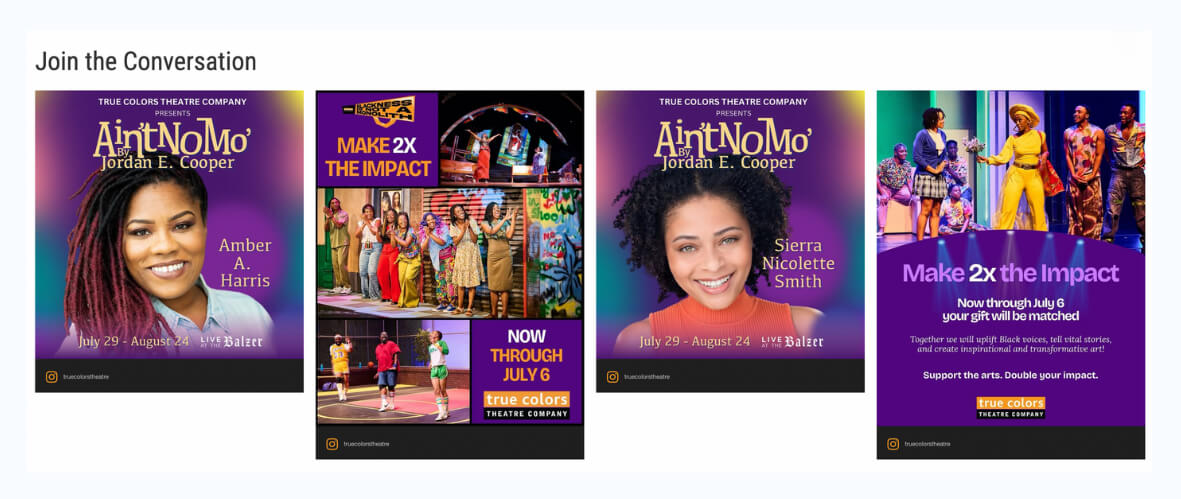Introduction
Website widgets and website plugins are essential tools for modern websites today, offering a simple way of driving engagement, building trust, and increasing conversions. Whether you are running a small business, a blog, or a large e-commerce website, the best-performing website widgets and plugins will make your website more enjoyable for users and help you reach your goals. Modern website visitors expect interactivity, trust, and smooth experiences—widgets deliver just that. Learn more about website engagement
Quick fact: As of 2024, WhatsApp appears on 12.2% of all websites, Facebook on 11.4%, and Twitter/X on 10.3%, making them the most widely used social widgets online. (W3Techs, 2024)
What Are Website Widgets?
A web page widget is an html code (usually HTML or JavaScript) or mini application that you can insert into your web page. Widgets add new content or functionality—such as social feeds, contact forms, or customer reviews—without coding from the ground up. Most are plug-and-play, so you don’t need to be a developer to add them. For example, a social proof widget shows customer reviews, and a visitor analytics widget gives you real-time information on who’s visiting your site. The best widgets enable you to add advanced features to your website with a few easy clicks.

Why Use Website Widgets?
Widgets and plugins provide real-world benefits to both users and website owners:
- Engagement: Interactive elements like a live chat widget can keep people on your site longer by addressing their questions in real-time. This reduces bounce rates and makes users want to keep looking around, resulting in increased website engagement.
- Social Proof: Showing reviews, testimonials, or customer activity builds trust. Social proof widgets can showcase good reviews, making your business appear more credible and helping boost sales.
- Lead Generation: Tools like forms, pop-ups, and chat widgets help you collect leads and grow your audience. A simple opt-in form can turn casual visitors into interested prospects and potential customers.
- Analytics: Visitor counters and tracking widgets give you insight into what your audience is doing. You’ll learn which web pages get the most attention and where to focus your content efforts.
- Conversions: Paste it into your site. Add the code to your CMS or website builder—whether that’s WordPress, Shopify, or something else. This makes it easy to enhance any web page. Test and refine. Check how the widget looks and functions across devices, then monitor how it performs over time.
Types of Website Widgets
There are a huge number of widgets available, each of which provides something slightly different to enable you to grow, connect, or sell:
- Social Media Feed Widgets: Draw in Instagram, Facebook, Twitter, and other social media posts. These widgets, such as Juicer, keep your site updated and allow visitors to see your active social presence. Social feeds are among the best website widgets for engagement.
- Social Proof, Review, and Testimonial Widgets: Show real feedback from customers to help others feel confident buying from you. A few great reviews can be the push someone needs to complete their purchase. Google reviews and Facebook feed widgets are particularly useful for establishing trust.
- Contact Forms and Chat Widgets: Enable easy contact for visitors. Simple-to-use contact forms and live chat can translate interest into action and help capture leads.
- Analytics and Visitor Counter Widgets: Monitor and show key statistics to find out more about who’s visiting and how they’re utilizing your site. Utilize these widgets to enable you to fine-tune your web pages for additional user activity.
- Pop-ups and Opt-in Forms: Get noticed, build your email list, or promote time-limited offers with pop-ups and forms. With most of the leading widgets, you can do that with a few clicks.
- E-commerce Widgets: Display prices, suggest related products, or spotlight bestsellers. Make it simpler for people to find what they’re looking for and buy it, helping to boost sales and accept payments right on your site.
- Other Widgets: Include helpful add-ons such as FAQ sections, event calendars, and countdown timers. An FAQ section, for instance, can respond to common questions and help visitors feel better equipped to buy.
- Social Media Icons: Link to your social profiles using clickable icons. These subtle touches encourage users to follow you elsewhere and increase your overall online presence.
- Google Reviews and Facebook Feed: Show your most recent reviews and social postings to feature what actual customers have to say.
- RSS Feed Widgets: Keep your content fresh by automatically pulling in blog posts or news updates. RSS feed widgets are a great way to keep your website engagement high.
- HTML Code Widgets: These give you the flexibility to embed your own custom code for advanced features.
- Accept Payments: Some widgets enable you to accept payments directly on your website, reducing checkout friction and making it simpler.
How to Add Widgets to Your Website
Adding widgets is usually simple and fast. Here’s how you can get started:
- Select the appropriate widget for your objective. Consider if you need to drive signups, increase conversions, or simply make your website more engaging. The most effective website widgets are those that support your business goals.
- Choose your widget provider. Services like Juicer, Elfsight, and Curator offer a variety of widgets tailored to different needs. All the tools you need are often available from a single provider.
- Customize it. Most widgets allow you to tweak colors, fonts, and display settings to match your brand.
- Copy the code. Once you’re happy with the look, you’ll get a snippet of HTML or JavaScript to copy. Many widget lets you do this with a few clicks.
- Paste it. Add the code to your CMS or website builder—if it’s WordPress, Shopify, or something else. It’s easy to bring value to any web page.
- Test and refine. Observe how the widget looks and functions across devices, then monitor its performance over time.
Best Practices for Using Website Widgets
- Stay relevant. Only add widgets that improve the user experience. Too many can clutter your site and slow things down.
- Make sure they’re mobile-friendly. Widgets should work well on phones and tablets, not just desktops.
- Build trust. Use reviews, testimonials, and social proof to show your business is worth engaging with.
- Keep them updated. Outdated widgets can hurt your site’s look and performance.
- Follow privacy laws. If your widget collects data, make sure it’s compliant with GDPR and similar regulations.
Juicer: Social Media Aggregation Solution
If you want to show social content or bring attention to user engagement, Juicer is a good choice. It imports posts from more than 15 platforms, such as Instagram, Facebook, X, TikTok, LinkedIn, and YouTube, and displays them in a modern, customizable feed. Juicer is one of the top website widgets for businesses that need to drive sales, enhance website engagement, and demonstrate social proof.
With Juicer, you can:
- Keep your website up-to-date by displaying real-time content from your social networks
- Establish trust with real-time, genuine social proof
- Engage visitors’ interest with compelling, attention-grabbing content
- Match your site’s design with themes and custom CSS
- Remain in control with moderation tools, profanity filters, and manual approvals
- Monitor your feed’s performance with native analytics
- Experience seamless integration with WordPress, Shopify, Wix, and more
Examples:


Juicer works especially well for brands running social campaigns, highlighting customer content, or managing multiple feeds. It’s known for being easy to use, flexible, and well-supported. Many users appreciate that Juicer offers some free features to get started.
Frequently Asked Questions
What are the best widgets for small businesses? Social proof widgets, contact forms, and social media feeds are especially effective for small businesses looking to build trust and engage visitors. Analytics widgets can also help small business owners understand their audience and make data-driven decisions. The best website widgets for small businesses are those that help collect leads and boost sales.
How do widgets affect site speed? Well-built widgets won’t slow things down. Stick with trusted providers and test load times. Don’t overdo it with too many widgets at once.
Can I use multiple widgets on the same site? Absolutely. Just make sure each one serves a purpose and fits into the overall design. For instance, use a chat widget on your contact page and a review slider near your product listings. The best widgets are those that enhance user engagement without cluttering your web page.
Are widgets secure? Yes, as long as you’re using reputable sources. Look for providers that offer updates, customer support, and secure coding practices.
Can widgets help me get more conversions? Yes. When placed thoughtfully, widgets can guide users to take action—signing up, buying, or engaging with your content. Pair them with clear calls-to-action for the best results. Many businesses use website plugins and widgets to boost sales and collect leads.
Conclusion
Widgets can do a lot for your website. They add function, increase engagement, build trust, and help turn visitors into customers. With the right tools and some thoughtful setup, your site can become more dynamic and effective. The best website widgets and plugins are easy to use, offer advanced features, and help you boost sales and website engagement—sometimes for free.
Want to see it in action? Try Juicer and start bringing your site to life with engaging, on-brand social content. It’s a simple step that can make a real difference.




